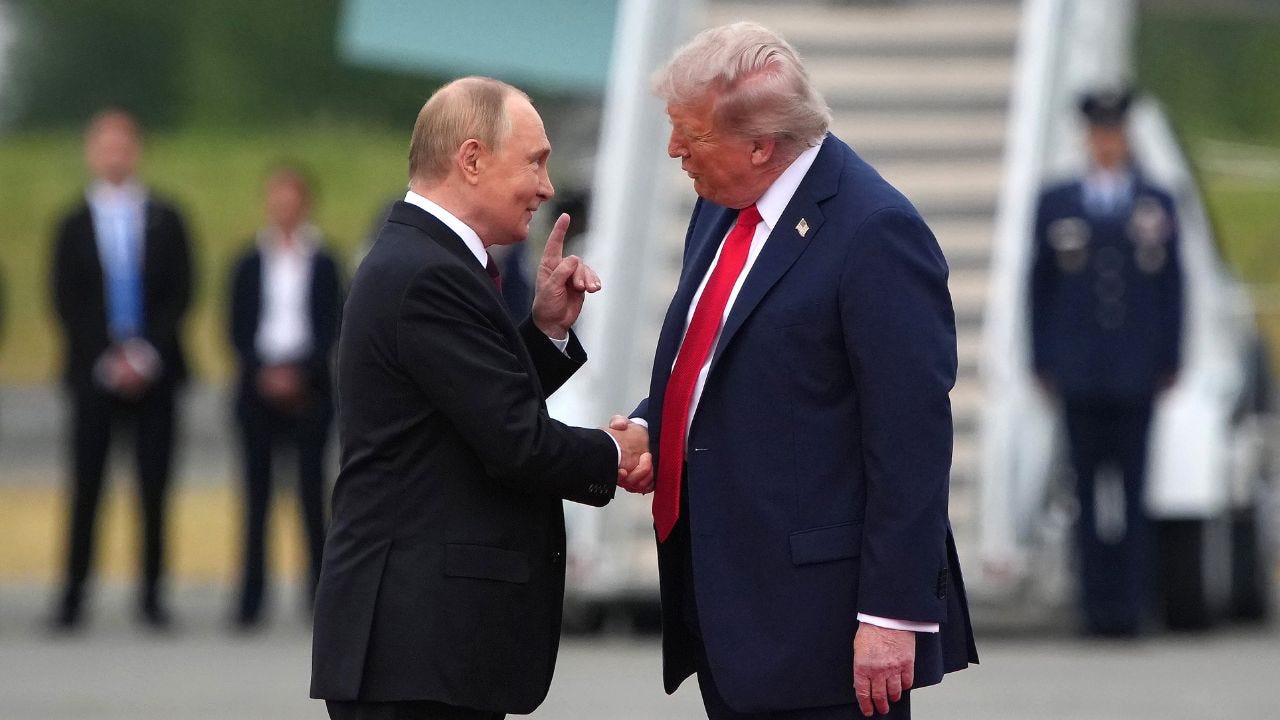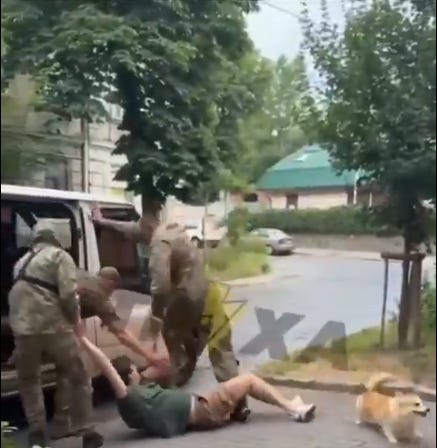Trump, Putin, and the future of Ukraine (and Europe)
Why there will be no ceasefire before a final political settlement acceptable to Russia and the USA
After meeting Russian President Vladimir Putin in Alaska on 15 August, American President Donald Trump summoned Ukrainian President Volodymyr Zelensky and a gaggle of European leaders for a meeting in the White House on 18 August.
During those two meetings, Trump made clear several points, implicitly or explicitly:
There would be no ceasefire before a peace agreement. Meaning that he would no longer pressure Russia into accepting a ceasefire that would allow Ukraine to rearm or receive Western peacekeepers, but would aim for a final resolution of the conflict.
Europe would continue to pay for Ukrainian weapons bought from the USA. Meaning that the Americans would be equipping Ukraine, but only for a profit, at a time when European industry is crippled by high energy prices resulting from Net Zero extremism and sanctions on Russian energy.
Trump can work with Putin separately from Europe. Meaning that there is scope for bilateral deals at the expense of Europe.
Ukraine will have to make some territorial concessions to Russia. This is a key point, as the post-World War II order explicitly rejects territorial expansion by force of arms.
Commercial Implications:
For European leaders, each of the three points above is somewhat nightmarish.
A Russian-American deal would naturally come at Europe’s expense.
Europe is no position to keep financing Ukraine on its own, while its own industries fall apart and Germany effectively de-industrialises.
The continuation of the war means that Ukraine’s key frontlines will continue to collapse, while Russia builds up reserves and capabilities. The sudden breakthroughs that Russia is making should be understood in the context of a a war of attrition: in wars of attrition, sudden breakthroughs typically reflect the enemy’s manpower shortages, a point that is confirmed by Ukraine’s horrific forced mobilisation tactics. These breakthroughs start as small, few, and far between, before slowly accelerating. This is precisely the pattern that we’re seeing. Ukraine needs a break from the fighting. Russia does not.
Our conclusion, therefore, is that Trump is continuing with his strategy of bringing Europe to heel. He cannot force an end to the war (contrary to his claims of ending it in 24 hours). He is therefore allowing Europe to deplete its resources further, without doing anything to stop Russia (other than using noisy rhetoric and selling weapons at a profit).
We stand by our assessment from last year that Ukraine faces a serious risk of full collapse between 2025 and the first half of 2026, as Russian gains accelerate and the frontlines become more unstable, until it becomes evident that the war is lost for Europe.
We also remind readers that anything other than gaining control of Odessa should be considered as a strategic defeat for Russia, ensuring another gruelling war in the next 5-20 years.






